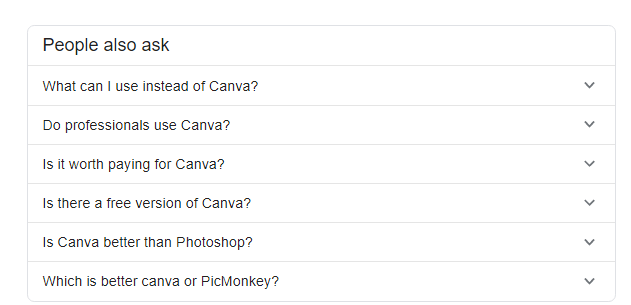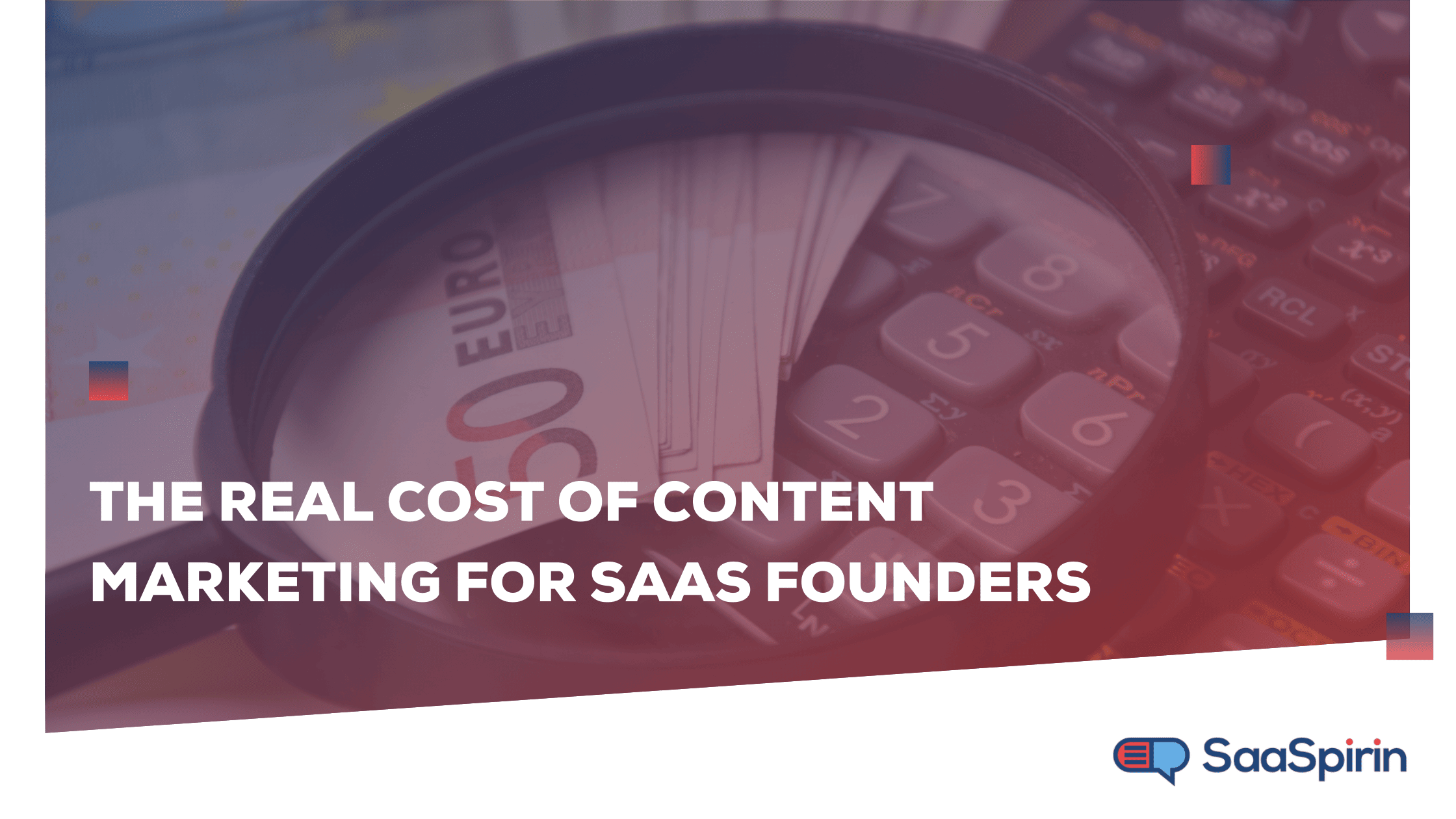Why Content Planning Should Never Start With Keyword Research
By Nicolas Jacobeus on August 12, 2021

Keywords are vital to signalling relevance for the topic you’re writing about. But too many people approach content planning based entirely on keyword data.
They head to their favorite keyword research tool and hunt for terms with high search volumes and low competition. Then they plan content based on what they see ranking on the first page of Google for the target keyword.
The trouble with this keywords-first approach to content planning is that your brand ends up with content that looks just like what everyone else is producing.
At our content agency, SaaSpirin, we argue that you need to think through what information your audience values before you start digging into keywords. Only then will your content planning truly align with your sales pipeline.
Great content planning begins with understanding your audience
Keyword data can give insights into what people are actually searching on. And looking at content that is ranking can help you understand what searchers click on. But it doesn’t tell you what’s missing, and what your ideal users most want to know.
Start by working out what matters to your target audience. From there, you can create a much more impactful plan to address those topics through your content.
Find your audience’s pain points
There are several ways you can come to understand better what your audience is thinking. We’ll cover three activities that all SaaS companies should be doing as part of their business development and which can be incorporated into your content planning process.
1. Talk to prospective users
Questions come up during sales and prospecting activities. These conversations can be a rich source of content topics, because they are highly specific to your sales pipeline.
Make sure the members of your team who are talking to users take good notes and make them available to your marketing team. This should include anyone who helps you plan and produce content, whether an agency or freelance writers.
2. Listen to people who fit your ideal customer profile on social media
Social media is a great place to start. If you’re selling a B2B SaaS product, then LinkedIn may be your platform of choice.
Twitter is also a great way to find what your B2B prospects are thinking. Punch in a topic related to your offering and you will find people ranting about problems they want to solve. Incorporate these sticking points when planning your content topics.
Look for people who represent your ideal customers. Then follow them and make note of what they’re saying. You will discover perspectives that you hadn’t thought of before, guaranteed.
3. Seek out the questions your prospects are asking online
The questions that people ask can be a valuable source of relevant information during the content planning stage. But not everyone asks them freely during your one-on-one interviews or on social media. Where do people freely ask what’s on their mind? Google.
Let’s say you are in the design SaaS space, and Canva is a competitor. Search on Google for a related term like “good alternatives to Canva”. Google has a “People also ask” section on the search results page that will show you what other questions people search on.

You can then plan content that will answer these questions.
Check out sites like Quora and Reddit where you can search for questions in your niche. Look for popular questions and plan content that gives a comprehensive answer to those questions.
Next, use that intel to evaluate keywords
Now that you know what topics matter in the sales pipeline for your product, you can approach keyword research from a more informed stance.
You no longer need to rely entirely on third-party data that may or may not be relevant for your business. Rather, you can choose the topics—and keywords that support them—based on what you know your audience wants to read about.
Of course it’s helpful to know search volumes and keyword difficulty. Choosing a keyword with low competition can increase the chances that you will rank for the term. But if it’s a competitive term, does that mean you shouldn’t write about it? Should you reject a term because it has low monthly searches?
A keywords-first approach would definitely rule out those topics. Instead, we want to think about how important the topic is to your sales pipeline.
By basing your content planning on the pain points and questions of your target audience first, you can gain an edge over competitors who are simply planning their content based on keyword research.
Always question how your content contributes to your sales pipeline
Content planning becomes much more powerful when you start with the pain points and questions that matter to your audience. Once you understand what content is going to resonate with them, you can align your topics with the sales process.
While there won’t always be an obvious click-to-conversion path from every blog post, each piece of content should have a clearly defined role to play. Is it generating awareness among new prospects? Answering product-specific questions for a prospect who is researching alternatives? The keywords can follow.
Assigning a clear purpose to each piece ensures your content as a whole is helping grow your SaaS company.
You May Also Like
These Related Stories
%20(1).png)
SEO agency vs FB ads agency - Which brings in better conversions?

The Real Cost of Content Marketing for SaaS Founders

